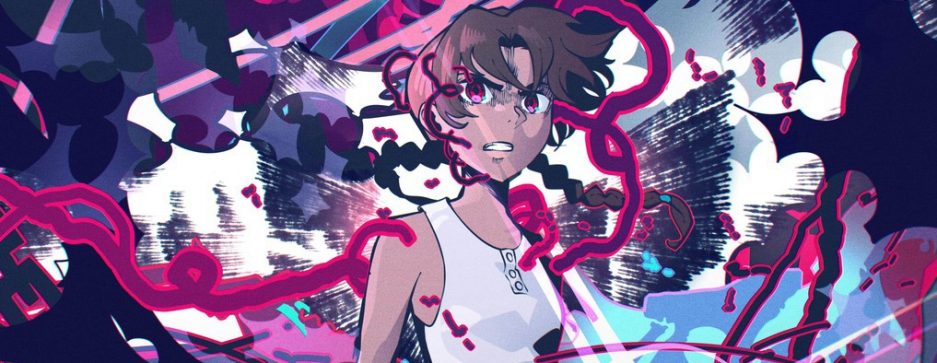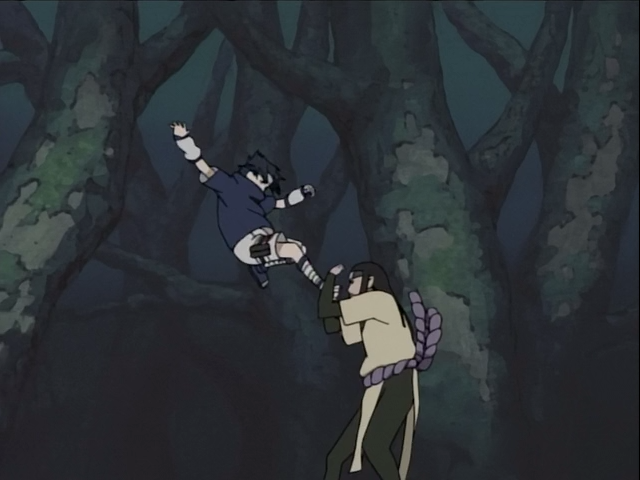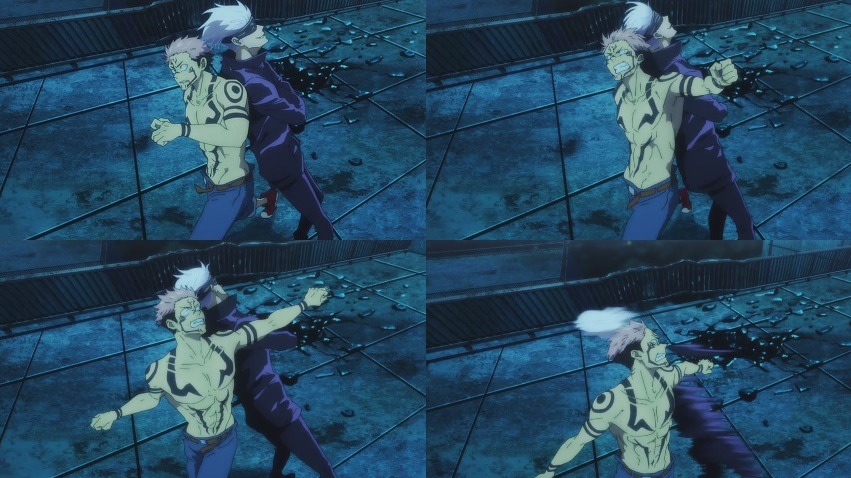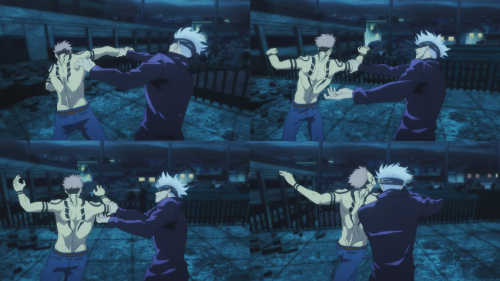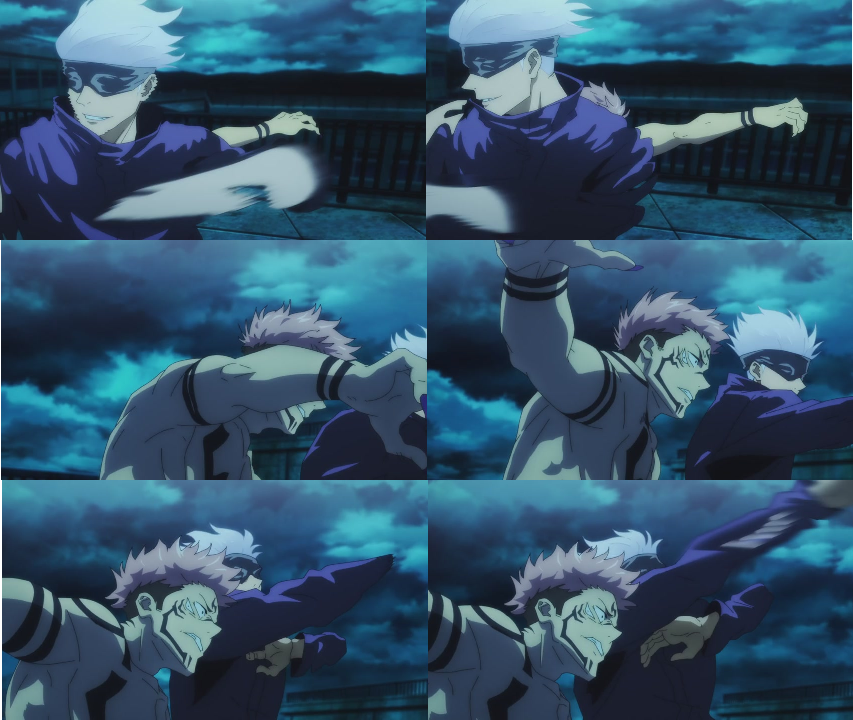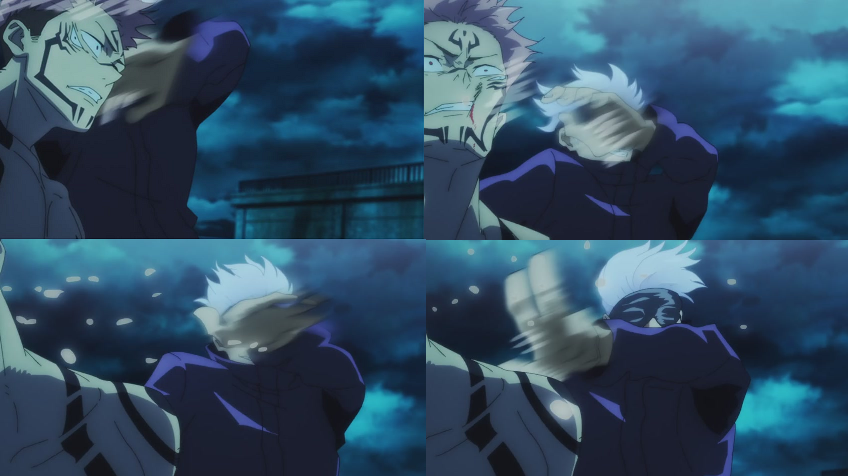Most of the time I do this kind of analysis on twitter because aside from reaching a larger audience much faster, I also feel less of a need to adhere to things like grammar and paragraph structure. I feel like mixing it up this time though and going a bit beyond what character limit restrictions will allow.
Anyways, Keiichiro Watanabe did the thing, again:
If you’re at all aware of who Keiichiro Watanabe the artist is- and it’s difficult not to be with how much fanfare he’s generated recently- then you’re likely already familiar with his output. So instead of addressing the more readily topical aspects to his work, I want to focus on something specific which caught my eye during his Dororo scene:
According to episode director Nobuyoshi Arai, Watanabe took it upon himself to re-arrange storyboard for the part he animated. This, in and of itself is not a foreign concept. Most action animators at his level of prestige posses the freedom to either provide their input on the choreography, or straight up just draw the scene in the way they see fit. What makes his case so interesting to me however, is that the way he configured the board is not at all intuitive to the way action animation traditionally operates.
The 180 ° rule is a term you may or may not have heard before, and while I call it a ‘rule’, as far as I know, it isn’t officially implemented as a core animation concept. Regardless, it essentially dictates the idea that if a cut ends with an object exiting the frame on the right, it should enter from the left of the next. This is a fairly intuitive idea and one that you’ll rightly find in most higher-end action scenes. After all, when animation is moving quickly, especially in the purely 2D-space, clarity is an important factor which leads to better, immediate understanding from the audience. To take a very straight-forward example from Norio Matsumoto, the final drawing in the first cut ends with Sasuke’s foot on Orochimaru’s forearm, with the wider shot in the next cut logically following from the same position:
Knowing where and when to intentionally discard this concept of flow isn’t something that comes naturally- though many may do it accidentally without realizing, to varying degrees of effectiveness. Keiichiro Watanabe however, strikes me as an artist who is very aware of what he is doing and that is precisely what makes the utter lack of respect for traditional action methods in the previously shared Dororo scene so fascinating. By all metrics it should not work as well as it does. The 180 ° rule is broken on several occasions, without any warning, and yet, only by dissecting the scene on a cut-by-cut basis does it become noticeable.
It’s not only more of the same on his recent contribution to God of Highschool #02, but I would argue he pushes the idea even further.
This exact storyboard in the hands of just about any other animator on the planet would devolve into an unfathomable mess; mainly because even as it currently exists, it IS a mess, but somehow an intensely readable one at that. The manic assault by the one-armed character breaks both logic and sanity, to the point where he is literally running on air, while both background and camera attempt to co-exist with this unbound explosion of kinetic energy.
Bringing things back to Jujutsu Kaisen for a moment, I don’t think there is a more currently relevant example to disprove the rigid technicality of art than the animation of Keiichiro Watanabe. These two frames exist back-to-back, diametrically opposed to the Norio Matsumoto example earlier, while the forearm smash from Gojo similarly relies on craftily shifting the camera focus in order to sell the torque on the reverse spin.
I hesitate to call it smoke and mirrors because that idiom is usually reserved for negative connotations, (and there isn’t a single negative thing about these chicken legs), but in all honesty Watanabe is in a league of his own when it comes to 2D action animation right now and we should all be taking notice. What I’ve covered here barely even scratches the surface of what he has managed to accomplish from a mere key animator position in just a half-dozen years of active time.
To end, I wanted to comment on how excessively fitting then, it is that Watanabe’s career would begin at nearly the exact same time that Shingo Yamashita, an artist who could be considered the previous torch bearer, moved mainly into directing. Since his debut, their paths have crossed many times and fortunately for everyone, I’m sure they will cross many more!
